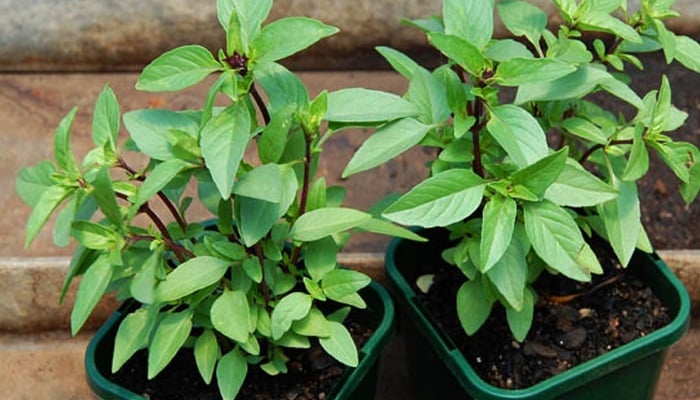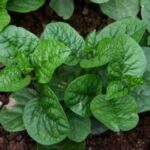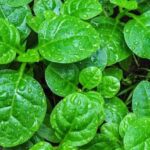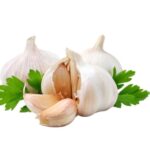Many people tend to discard the stems when picking vegetables, only using the leaves for cooking. Little do they know that these stems can be a valuable resource for growing a continuous supply of fresh produce.
Listed below are 6 types of vegetable stems that can be regrown, providing an abundant and sustainable source of food.
1. Basil – A One-Time Planting for Year-Long Harvest

Place the planted stems in a sunny spot, water regularly, and watch the plant thrive. The more you cut the leaves, the more branches the plant will produce. A few stems are all you need to enjoy a year-round supply of fresh basil.
2. Malabar Spinach – Easy to Propagate from Cuttings
Malabar spinach is a familiar vine that is easy to grow and quick to mature. When harvesting the leaves for soup, don’t discard the young stems. Select the green stem segments with distinct nodes, and simply tilt them into moist soil. Within a few days, you’ll see new roots and shoots emerging.
Malabar spinach requires minimal care; just ensure sufficient moisture and sunlight, and it will climb rapidly. A few stems are enough to cover an entire trellis, providing an endless supply of tasty leaves.
3. Perilla – The More You Harvest, the Bushier It Gets
Perilla is not just a flavorful herb but also a beneficial medicinal plant. When plucking the leaves, retain the stems and place them in soil or a glass of water for a few days to encourage root growth.
Once rooted, the plant grows rapidly and requires very little maintenance. Simply pinch the tips regularly to prevent flowering, and you’ll have a year-round supply of perilla.
4. Mint – Easy to Grow and Aromatic
Mint is highly adaptable and will grow almost anywhere. When you buy a mint plant, pluck the leaves for cooking, and retain the stems. Plant these stems in a pot or moist tray of soil. Water the plant in the morning and evening, and you’ll see new growth within 4-5 days.
Mint thrives in Vietnam’s climate and can be grown in small pots or garden beds.
5. Fish Mint – Hardy and Quick to Spread
Fish mint is a versatile herb used in salads and as a medicinal plant. After plucking the leaves, retain the stems and plant them in the ground, watering regularly to encourage root growth.
Fish mint has an exceptional ability to spread, quickly covering an entire tray of soil. This makes it ideal for those who don’t have much time for gardening.
6. Chives – Slim Stems, Big Flavor
Chives are a beloved vegetable, especially in soups and hot pots. After harvesting the leaves, keep the stem base about 10-15 cm long and plant it in moist soil or mud. Chives will quickly regrow and thrive.
Given their preference for moist conditions, chives are well-suited for water pots or wet soil trays. Plant them once, and you’ll have a continuous supply of fresh chives for your culinary creations.
Notes on Regrowing from Stems:
- Opt for fresh, undamaged stems.
- Cut the stem base at an angle to increase the water absorption area.
- Soak the stems in water for 2-3 days before planting to stimulate root growth.
- Water daily and place in a bright spot with gentle sunlight or early morning sun.
Many are unaware of the value of vegetable stems, often discarding them as waste. With a few simple steps, you can transform these stems into a source of fresh, home-grown produce, saving money and ensuring a healthier option.
Retaining vegetable stems is a small change that can bring significant benefits. Why not give it a try today?
The 5 Best Fat-Burning Beverages for Rapid Weight Loss and a Slimmer Waistline
“For effective weight loss, it is crucial to adopt a mindful approach to calorie intake. Instead of resorting to extreme measures, such as drastically cutting down on calories or surviving solely on juice cleanses and water, it is imperative to strike a balance. A well-rounded approach involves a mindful diet, comprising nutritious foods and adequate hydration, which ultimately results in sustainable weight loss and improved overall health.”




































